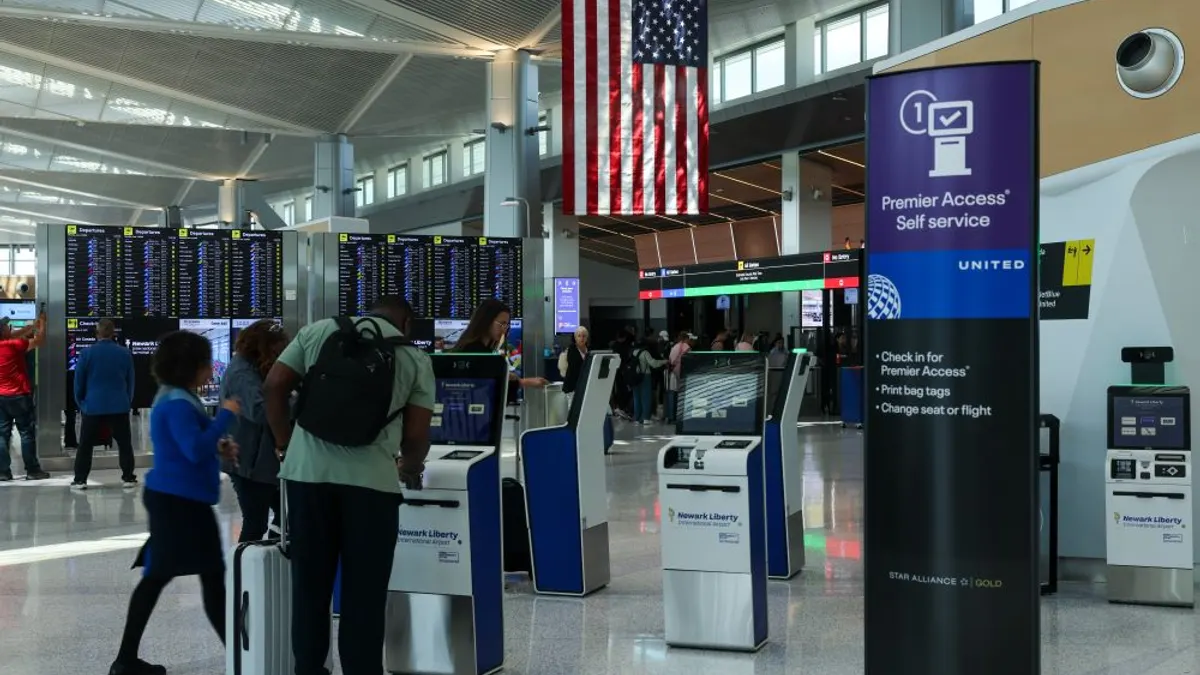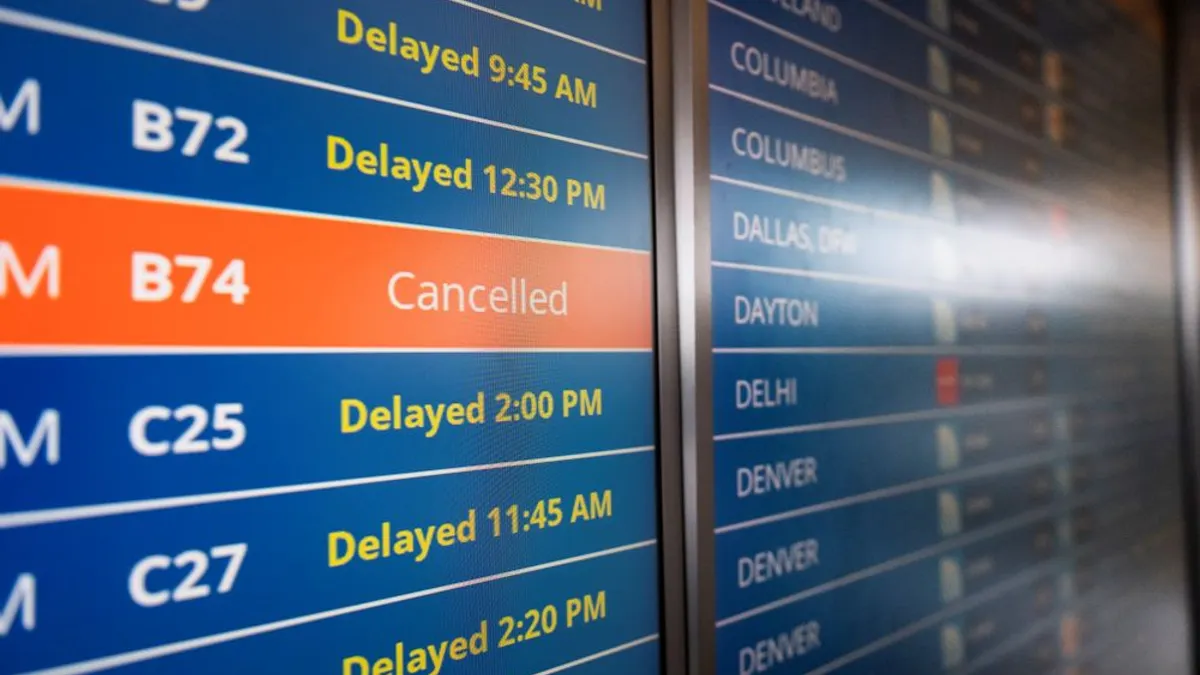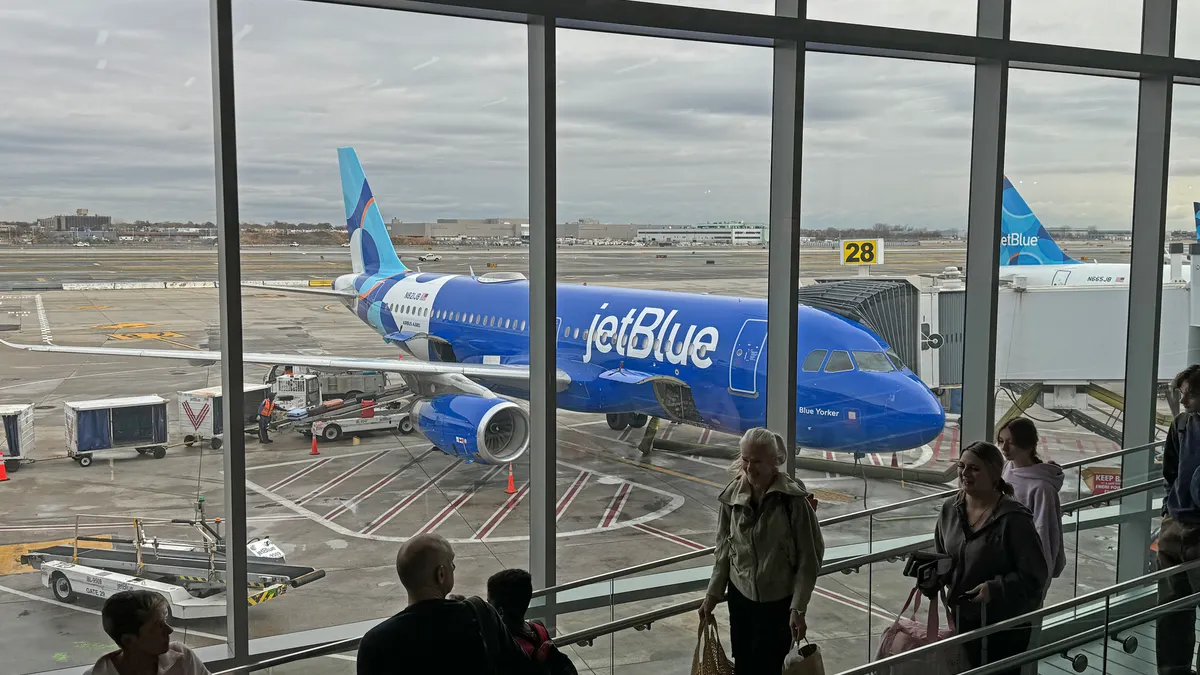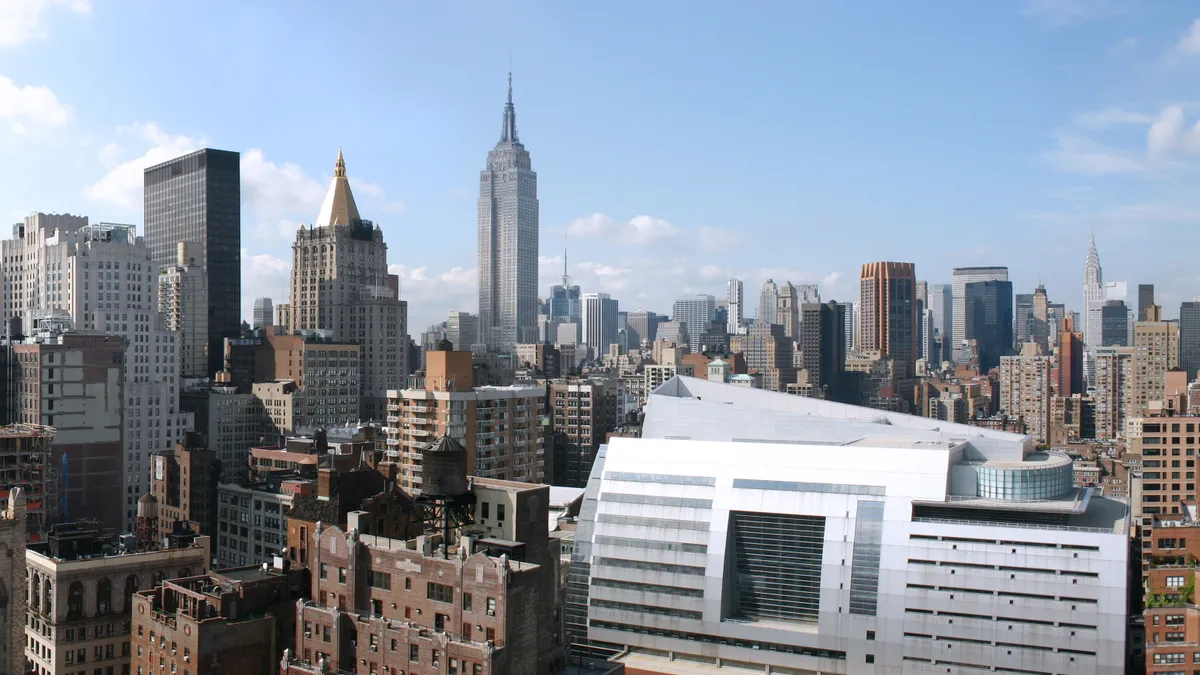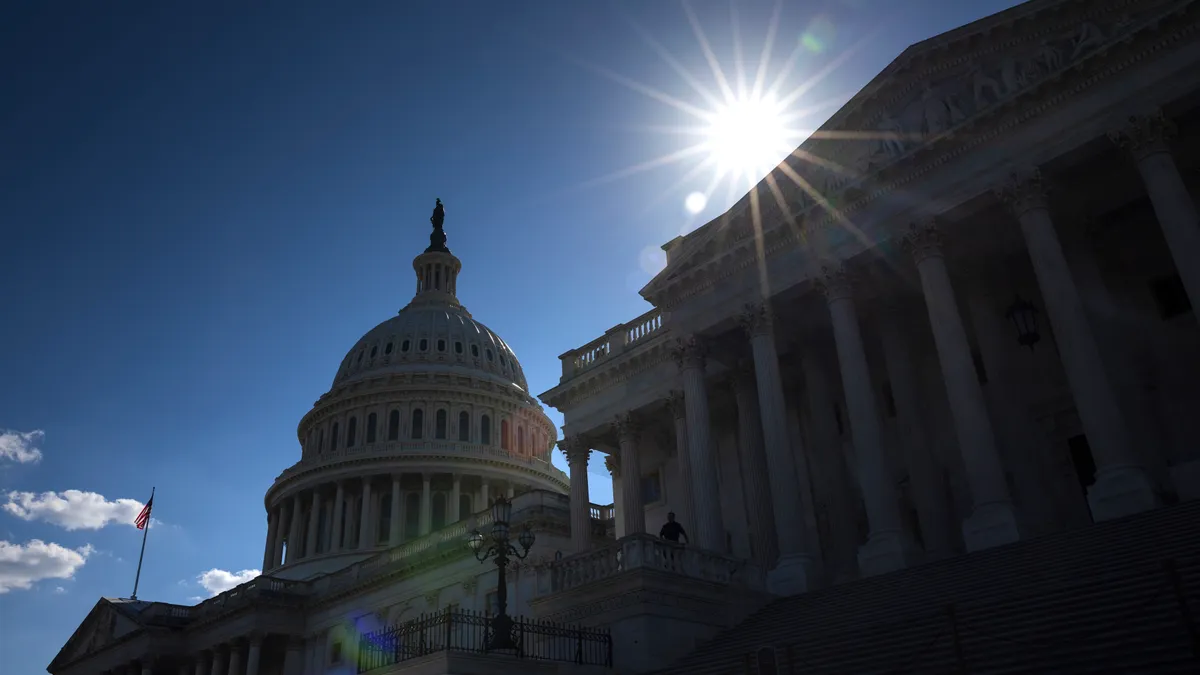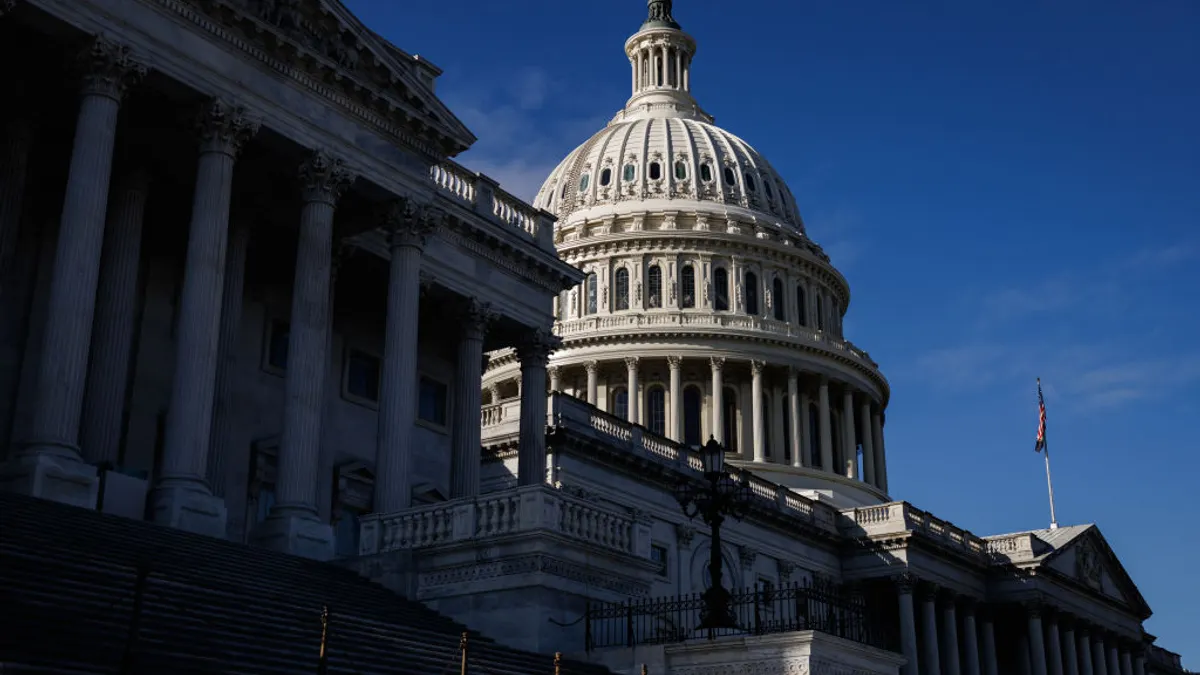The following is a guest post from Yariv Ben-Ari, partner at Herrick Feinstein LLP. Opinions are the author’s own.
When New York City’s Safe Hotels Act took effect this spring, it added a new layer of regulation to one of the city’s most scrutinized industries. Billed as a public safety and worker protection initiative, the law imposes a licensing system and staffing mandates that operators say are increasing costs and limiting operational flexibility at a critical moment for the sector.
The legislation requires hotel owners, leaseholders and managers to obtain a two-year permit from the Department of Consumer and Worker Protection at a cost of $350. Compliance hinges on meeting several operational standards such as daily housekeeping (unless guests opt out), installation of panic buttons, training protocols aimed at preventing human trafficking and ongoing front-desk or security coverage. For properties with 100 or more rooms, owners must directly hire housekeeping and front-desk personnel, effectively ending the use of subcontracted workers for those roles.
Since the act was passed, concerns and reactions from the hotel industry have echoed, highlighting the broader challenges that these regulations will place on the operation of their properties. Independent hoteliers and industry trade associations, for instance, argue that the law places disproportionate pressure on smaller and non-union properties that have depended on outsourced labor to control costs.
The act has also caused some operators to postpone planned upgrades or to suspend hiring to evaluate the law’s long-term financial and regulatory implications. Furthermore, on the financing side, financial institutions are reviewing their hotel portfolios for compliance-related risk that could affect underwriting, refinancing and valuation.
While the hotel industry unequivocally supports public safety and worker protection, legislation must offer a way to further strengthen these safeguards without creating significant operational hurdles for the hotel industry.
Operational strain
Shifting from subcontracted labor to an internal staffing model for core positions may raise annual operating costs by hundreds of thousands of dollars per property, depending on its size and service model. By increasing required staffing and reducing hotels’ operating flexibility, the act’s provisions will put substantial downward pressure on profit margins for many hotels.
Regulatory uncertainty compounds these cost pressures. For instance, the act does not define terms such as “adequate staffing,” “safe conditions” and “cleanliness.” Operators face ongoing risk that enforcement officials may interpret these standards differently than they did during audits or inspections. While a limited remediation period exists after violations are initially cited, the specter of retroactive enforcement remains a real concern for hotels as they build their budgeting and staffing strategies.
Adjusting to new risks
Financial institution credit officers are increasingly flagging Safe Hotels Act compliance as a potential liability when underwriting or renewing loans, and stronger compliance planning has become a condition of refinancing or new credit.
The law may reshape liquidity and valuation models for the sector in the long term. Equity investors signal that projected returns must account for increased labor costs and a less flexible operating model. Lenders in certain jurisdictions have begun requesting audited payroll and staffing data to verify compliance to protect covenant metrics.
Labor-centered strategy
Unions, notably the Hotel and Gaming Trades Council, played a central role in drafting the law and influencing its provisions. As a result, hotel properties covered by collective bargaining agreements that meet or exceed the act’s staffing and safety requirements receive partial regulatory relief. This carve-up effectively makes union representation a compliance strategy for owners seeking operational latitude and, indeed, some small operators are now engaging in preliminary talks with unions to evaluate possible partnership or representation models.
While this may be part of a broader shift in labor relations within the hospitality industry, at the current moment it places a severe burden on an already-challenged industry by requiring overstaffing. Long-term, it could run the risk of pushing existing hotels to alternate uses and stymying new hotel development.
Nationwide implications
Although currently limited to New York City, versions of the Safe Hotels Act are currently under consideration in Los Angeles, San Diego and parts of Chicago. To prepare for this possibility, hotel executives around the country are undertaking audits of vendor agreements, simulating internal staffing cost scenarios and revisiting financing documents to gauge resilience under similar regulations.
Property owners are also creating contingency frameworks for short-term compliance readiness. Many are preparing to restructure vendor partnerships and recruit in-house staff in advance of potential rollouts elsewhere to avoid reactive measures when new laws are enacted.
New York City’s Safe Hotels Act signals a turning point in urban hospitality regulation. What was framed as a measure to enhance worker protection and guest safety is rapidly becoming a structural change in how hotels hire, finance and operate. Whether the law delivers meaningful improvements in safety and labor standards remains to be seen, but its early effects on cost structures, staffing models, lending relationships and labor affiliation suggest that the regulation has already created some major challenges and adjustments for the hotel industry.







